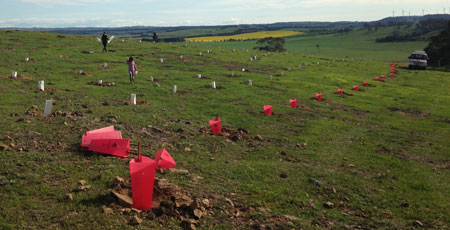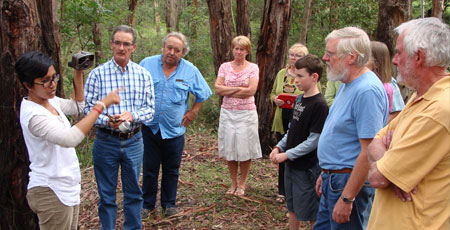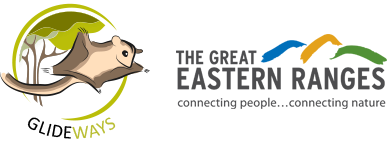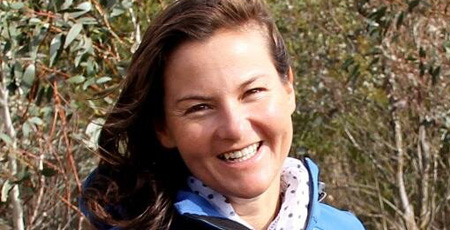Feral Animal Control
Feral animals, particularly predators, are some of the biggest threats gliders face. Through strategic, cross tenure pest management programs we can work to minimise their impact.
Managing threats to gliders
Introduced predators, particularly cats and foxes, are a serious threat to gliders as well as the many other native animals that share their home. Gliders are especially vulnerable when in open areas between forest and woodland where there is less cover and shelter available to hide.
While seemingly less of a threat, feral grazing animals such as deer and goat impact the quality of glider habitat by removing natural regrowth, and competing for food.
What we do
In K2W we manage feral animals through a strategic and coordinated whole-of-landscape approach which includes:
- Monitoring of pest species using remote sensing cameras, footpad traps and bait stations.
- Working with landholders and public land managers to carry out trapping and other control programs.
- Monitoring of control areas (including areas with installed nest boxes) for reappearance of feral animals.
- Targeted trapping and/or baiting in areas where feral animals have reinvaded.
What you can do
- Join your local Who’s Living on My Land citizen science survey.
- Keep your pets indoors at night and fit your cats with collars and a bell to alert native wildlife.
- Apply for funding to control pests on your property through our Landholder Grants Program.

Apply for a grant
Each year we provide funding for local landholders to protect and restore natural connections in the Abercrombie Catchment through our Landholder Grants Program.

Who’s Living on My Land
Join your local ‘Who’s Living on My Land’ citizen science survey that uses infrared motion detection cameras to record the animals living on your property.

